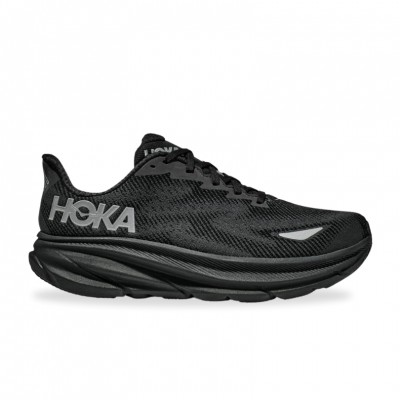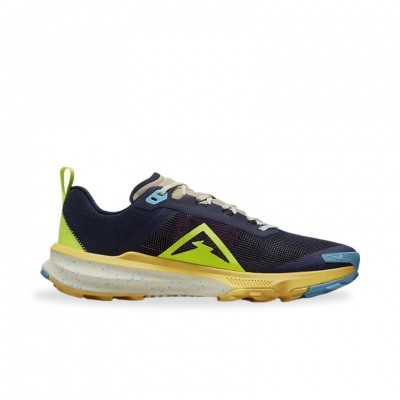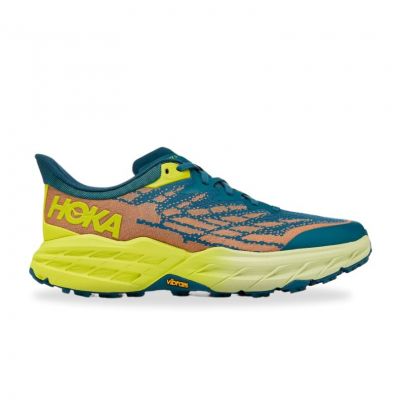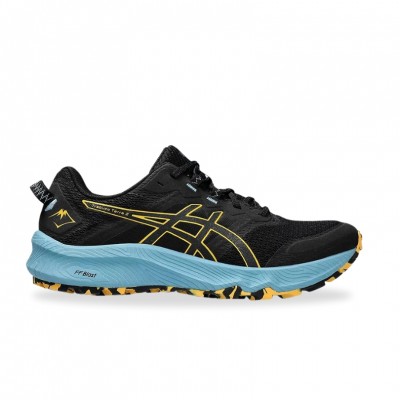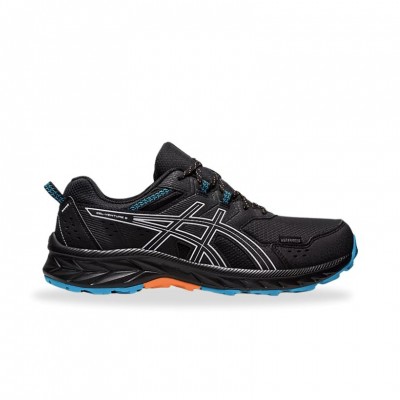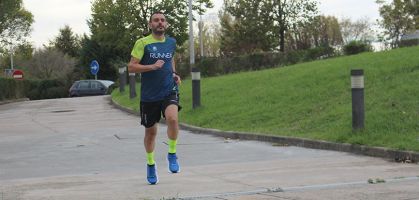You might be interested in:
Unless we are "top" and very experienced mountain runners, one of the characteristics or peculiarities of trail running compared to running on asphalt is that the average speed of the competition is usually lower and sometimes much lower. Except for the downhill sections where we can run at devilish speeds, the instability of the terrain and the continuous change of slopes causes lower paces, even forcing us to walk at certain times.
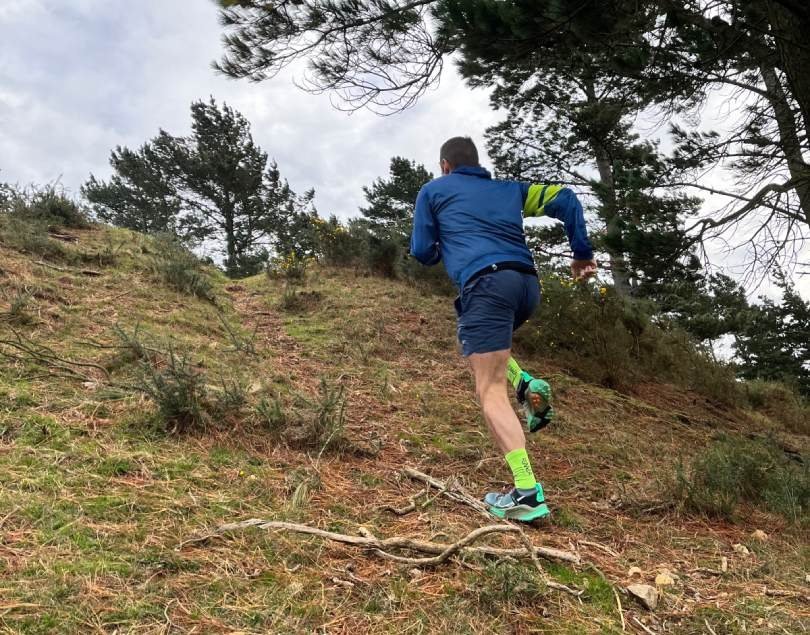
Because of this, many trail runners are in the habit of buckling up their trail running shoes and going out to train, in most cases, at a slower pace or speed. Even more so when the race we are preparing is long distance or ultra distance, where we will have to make a mountain route that will last at least four to five hours, and can reach more than a day of activity.
Although training at low intensity is one of the pillars of any training plan, it is a common mistake to think that by participating in a competition such as a marathon or an ultra trail you should always train with the aim of accumulating kilometers at "easy" rhythms.
Although it is becoming more and more popular among runners, anaerobic or high-intensity training is still a pending subject in the routines of many mountain runners. Here we tell you what it is based on and what benefits you can get by putting it into practice.
What is anaerobic exercise?
Aerobic exercise corresponds to the intensity of an activity that is above the anaerobic threshold or also known as the second threshold or VT2 (second ventilatory threshold). Above this threshold, the body no longer has the capacity to eliminate the lactate produced by the body in the same quantity as it generates it, so this accumulation of lactate means that from this intensity onwards, the rhythms are no longer sustainable for a prolonged period of time.
At this point the body stops using predominantly oxygen to opt for the glycolytic route to generate energy, where in addition to the accumulation of blood lactate mentioned above, the consumption of muscular and hepatic glycogen increases to a great extent.
From the second threshold and as the intensity increases, we will have a lower capacity to sustain the rhythms, so that anaerobic exercise would be approximately equivalent to efforts that we could sustain for a maximum of 15 minutes or in rhythms equivalent to distances less than 5 kilometers, depending, of course, on the level and experience of the athlete.
What are the benefits of anaerobic exercise in trail running?
The benefits of running at intensities above the anaerobic threshold are not exclusive to a particular discipline, but it seems to us very important the repercussion and the effect it can have on mountain runners who do not dedicate time to high-intensity training sessions. Among the main effects that anaerobic exercise has on the body and performance are the following:
Anaerobic threshold shift.
The displacement of the threshold or, in other words, the improvement of the anaerobic threshold, will cause the body to delay the onset of fatigue, having a greater capacity to obtain energy through oxygen. In this way, the body will have the capacity to increase the predominance of the use of fats as an energy source, maintaining glycogen reserves for the moments of greater intensity or physiological demand of the competition.
Stimulation of the use of fast fibers
As the pace or speed of our strides increases, the recruitment of muscle fibers changes. Above the second threshold, the need for activation of fast fibers is almost non-negotiable, so getting our muscles used to running at this type of intensity beyond the competition will be essential for good running performance . This type of fibers produce energy quickly but are very fatiguable, so training at high intensity will allow us to be more effective and efficient.
Increased lactate clearance
Moving the anaerobic threshold through high-intensity sessions will also improve the ability to clear lactate, so consequently, lactate accumulation will be lower. Thus, the trail runner will be able to delay the onset of neuromuscular fatigue, being able to run at a faster pace with the same feeling of exertion or being able to maintain a particular pace for longer than before working this intensity zone.
Anaerobic exercise is not exclusive for short and medium distances.
Now that you know what it consists of and some of the main benefits associated with working intensities that are above the anaerobic threshold, it would be incomprehensible not to include sessions that improve this capacity. Although it may seem otherwise, they are not only focused on those trail runners who participate in short or medium competitions up to 21k, but they will be recommended even for runners who participate in marathons and ultra trails.
In long-distance races, the key lies in being as economical as possible, saving as much energy as possible for the final part of the race, both at the muscular level and in terms of energy reserves, mainly lipids and carbohydrates. Improving the anaerobic threshold will allow us to recruit fewer fast fibers and thus delay the onset of fatigue. In addition, the body will choose to use fats as its main energy substrate, an energy source that we have in reserve in greater quantity and which will therefore guarantee us constant energy for much longer periods of time.
Read more news about: Running Training


